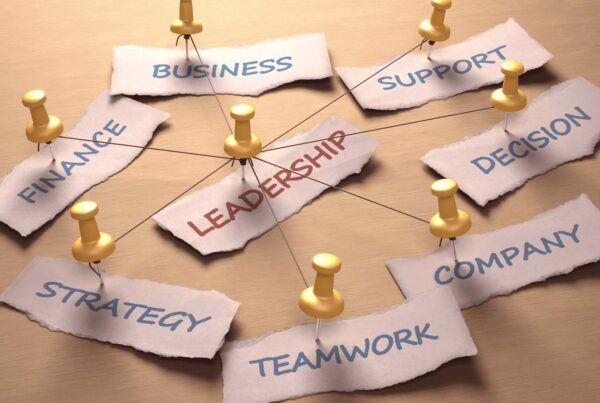Driven by numerous internal and external factors, today’s business environment is rapidly changing. The top-down management style is quickly becoming obsolete as new technological innovations, means of communication, and customer expectations are changing at an ever-increasing rate.
In keeping pace with these developments, organizations need to go through several transformations of their own. For starters, leaders need to possess or develop a set of skills that will encourage this change, in the first place. Second, they need to promote both vertical and horizontal communication throughout the organization, enabling the free exchange of ideas and stifling the fear of making mistakes. For this to happen, however, leaders need to learn how to become effective communicators, themselves.
Businesses also need to embrace agility, as a means of coping with the ever-changing market. Similarly, they need to make use of teamwork and collaborative achievement as a means of increasing productivity.
Establishing Teams
The traditional command and control management style make it challenging for companies to adapt to the rapid changes happening across the business environment. The rise of teams within organizations is the natural progression, cutting right across company functions and enabling companies to be more versatile.
Businesses need to embrace agility as a means of coping with the ever-changing market.
By establishing teams, leaders can take advantage of several factors. Teamwork will bring members closer together by providing them with a shared and sustained effort to achieve a common goal. Second, by establishing teams, organizations don’t have to sacrifice parts of the day-to-day processes – such as the smooth operation of the supply chain, for instance, if they wish to focus more on customer experience.
Nevertheless, several steps need to be employed to promote collaboration and teamwork.
- Nurturing a Collaborative Climate – For teams to function appropriately, management needs to create and cultivate an atmosphere of collaboration and mutual influence. By providing them with a common goal to focus on, such as the customers and their interests, team members know what they have to work towards.
- Regular Interactions – While these teams need to be given their autonomy to become productive, they shouldn’t be isolated. Leaders need to hold regular team discussions, manage any team conflicts that may arise, and reinforce their focus on the projects and goals at hand.
- Clear Direction, Strategy, and Purpose – Even though it’s commonly an afterthought in many organizations, the concept of a greater good and a sense of purpose will work wonders on the productivity, engagement, and morale of your employees. Provide your teams with a clear direction, strategy, mission, and values of your organization, and you will see the results.
Recommended: 5 Steps to Fixing a Broken Team
Developing Agility
One of the best ways to improve organizational agility and stay on top of a volatile and uncertain business environment is by creating teams. There are, however, several other factors that go into play. Leaders need to create an atmosphere where the staff at all levels of the organization are not afraid to state their mind and ideas, and where they are encouraged to experiment and learn.
This learning culture develops over time, where employees are free to share knowledge and learn from each other. Once this self-sustaining and steadily improving culture is ingrained into your organization, agility and flexibility will come naturally. Employees will not fear to explore new possibilities and methods, always looking for better and more efficient ways of doing their work. Do, however, keep in mind that for agility to be effective over the long-term, it shouldn’t come at the expense of goals, strategies, or values.
To successfully develop, manage, and maintain these techniques presented here, it’s crucial that you involve your employees in the process. If everybody is on the same page from the beginning, it will be far easier to implement and sustain.
If you want to learn more, let’s connect on https://go.oncehub.com/GregNichvalodoff or greg@inscapeconsulting.com









